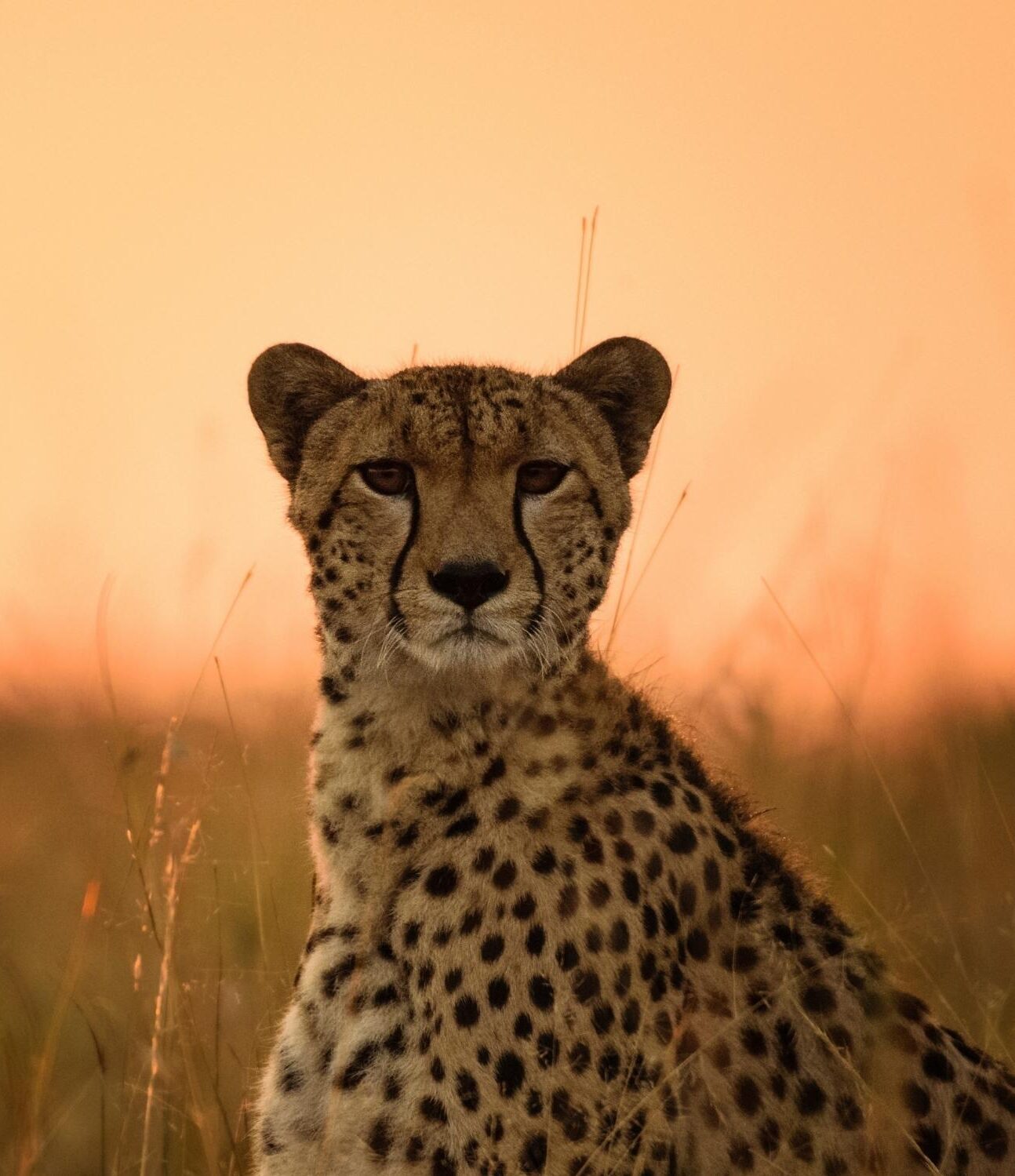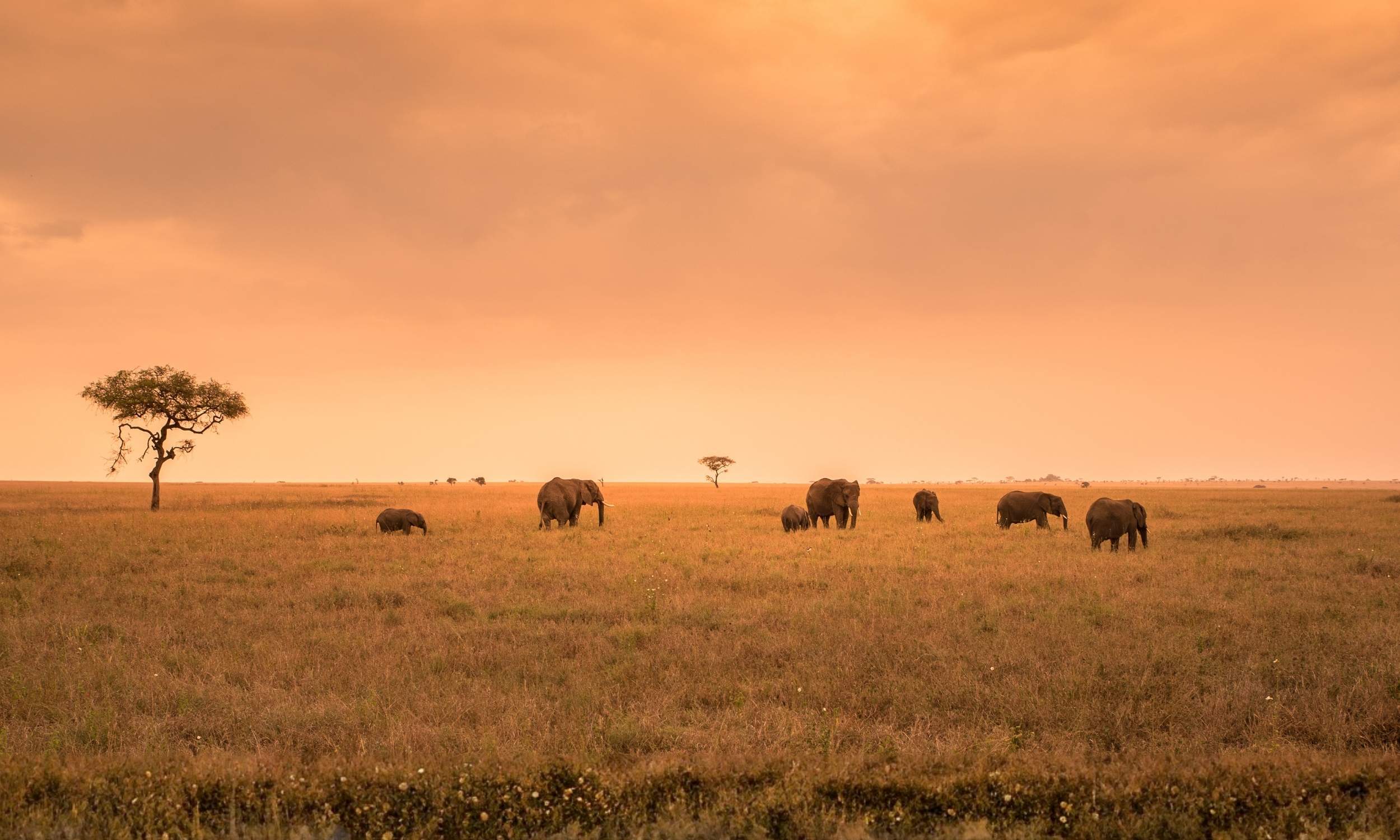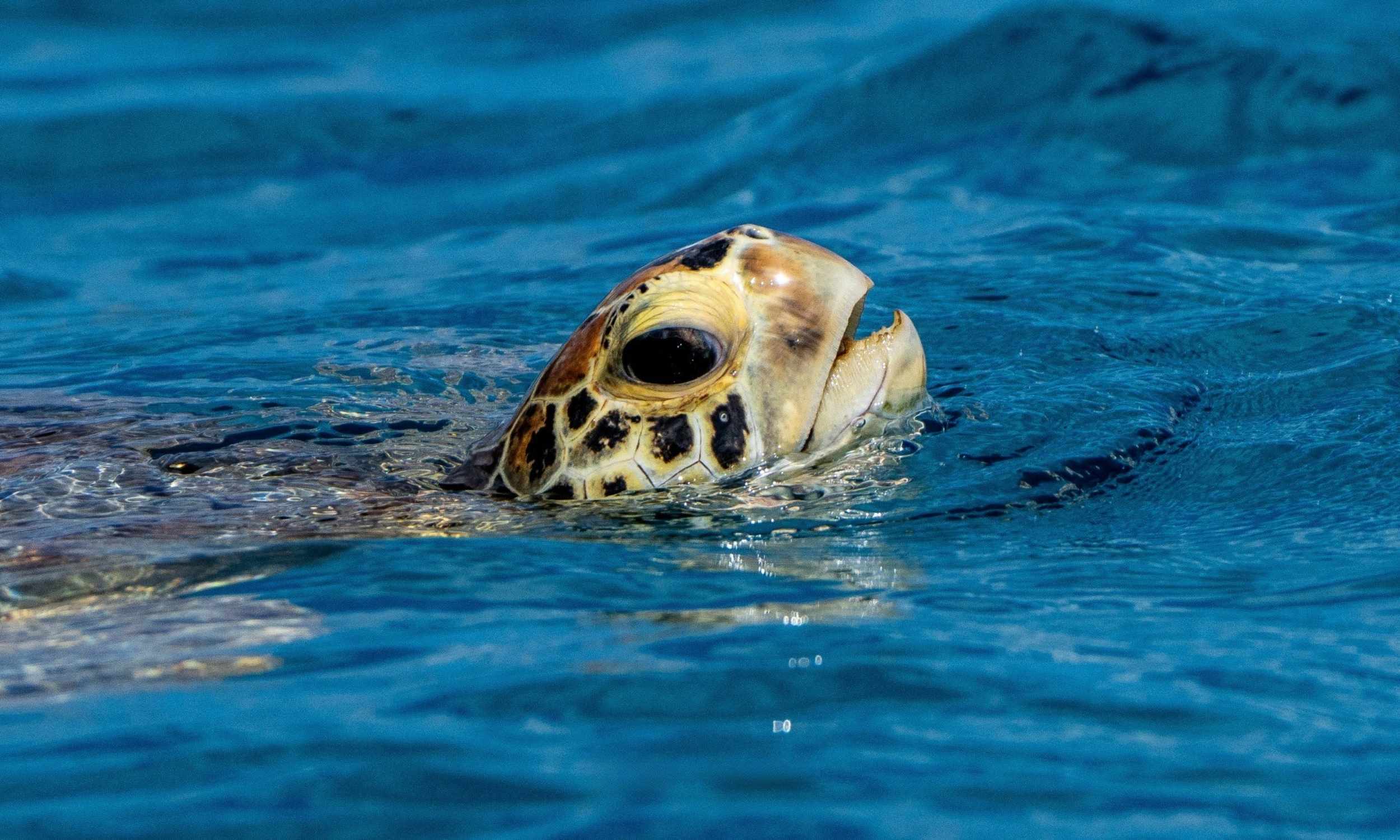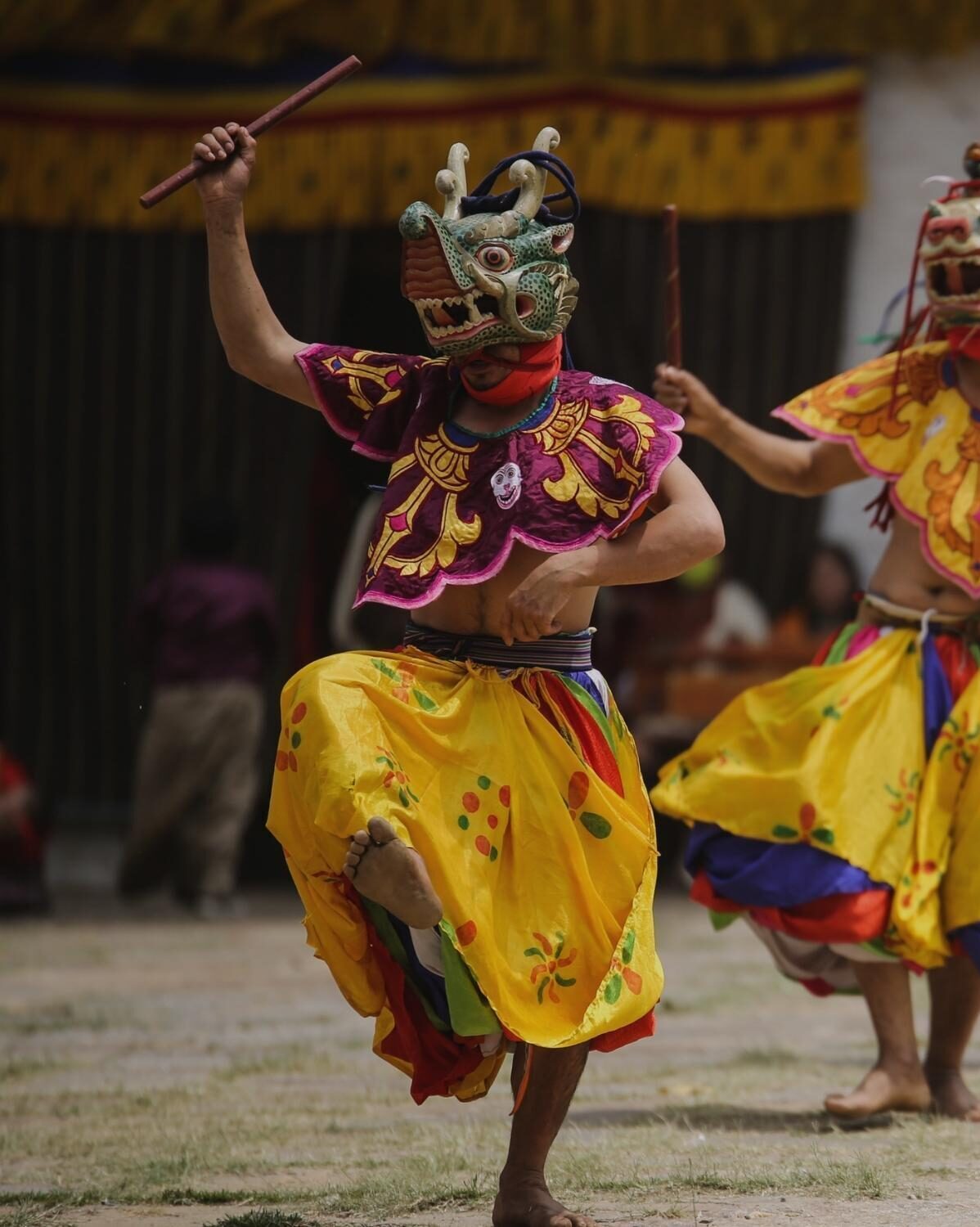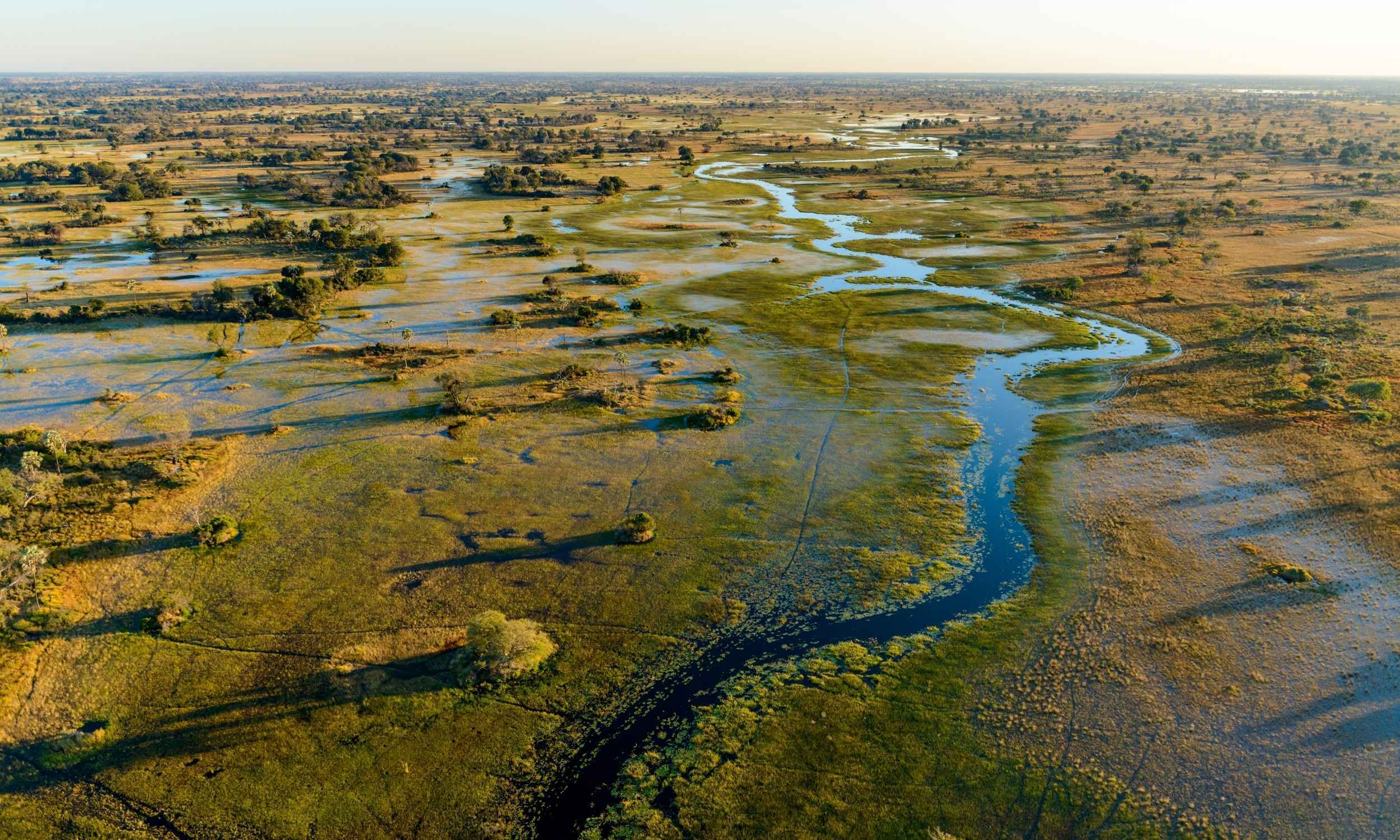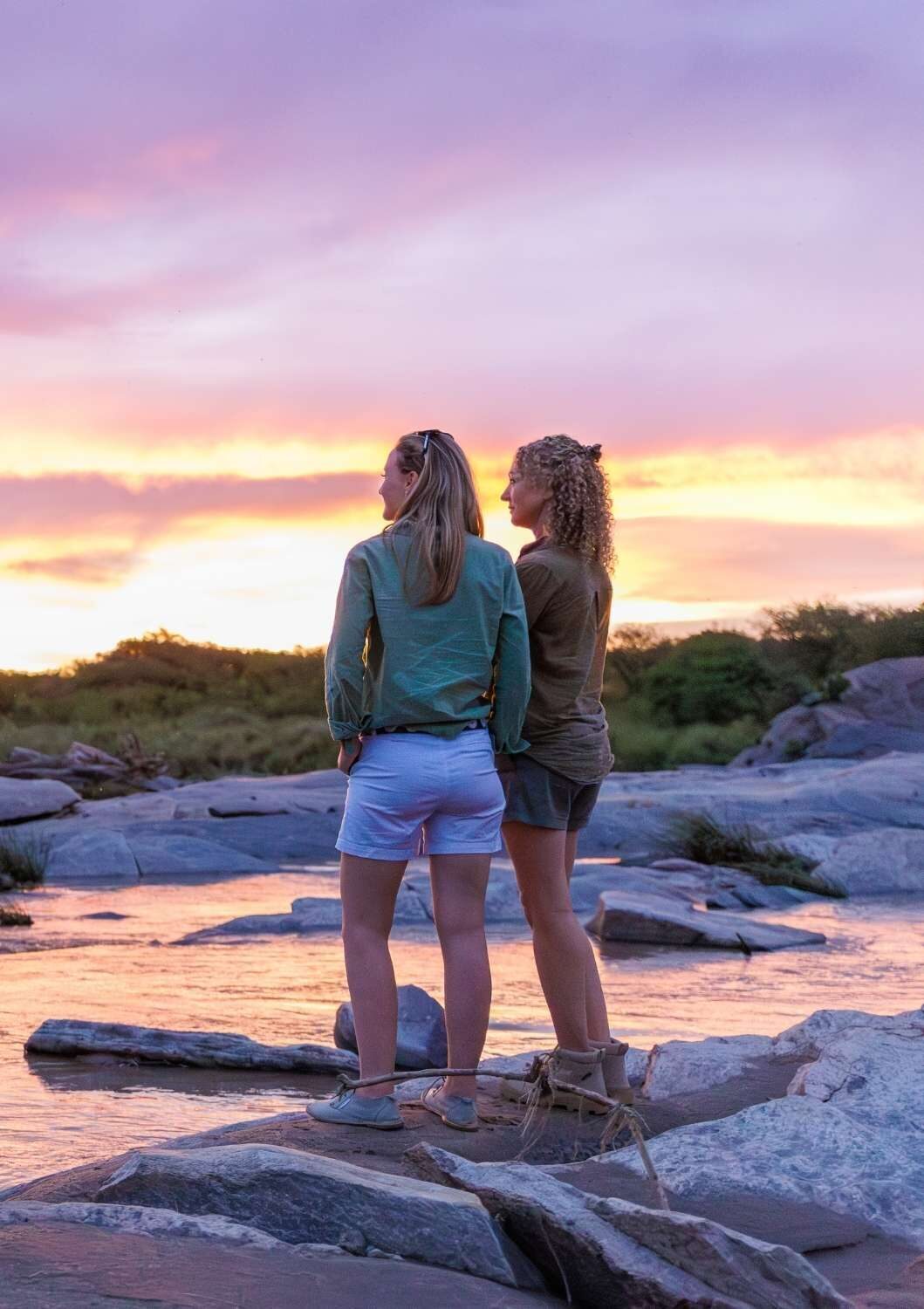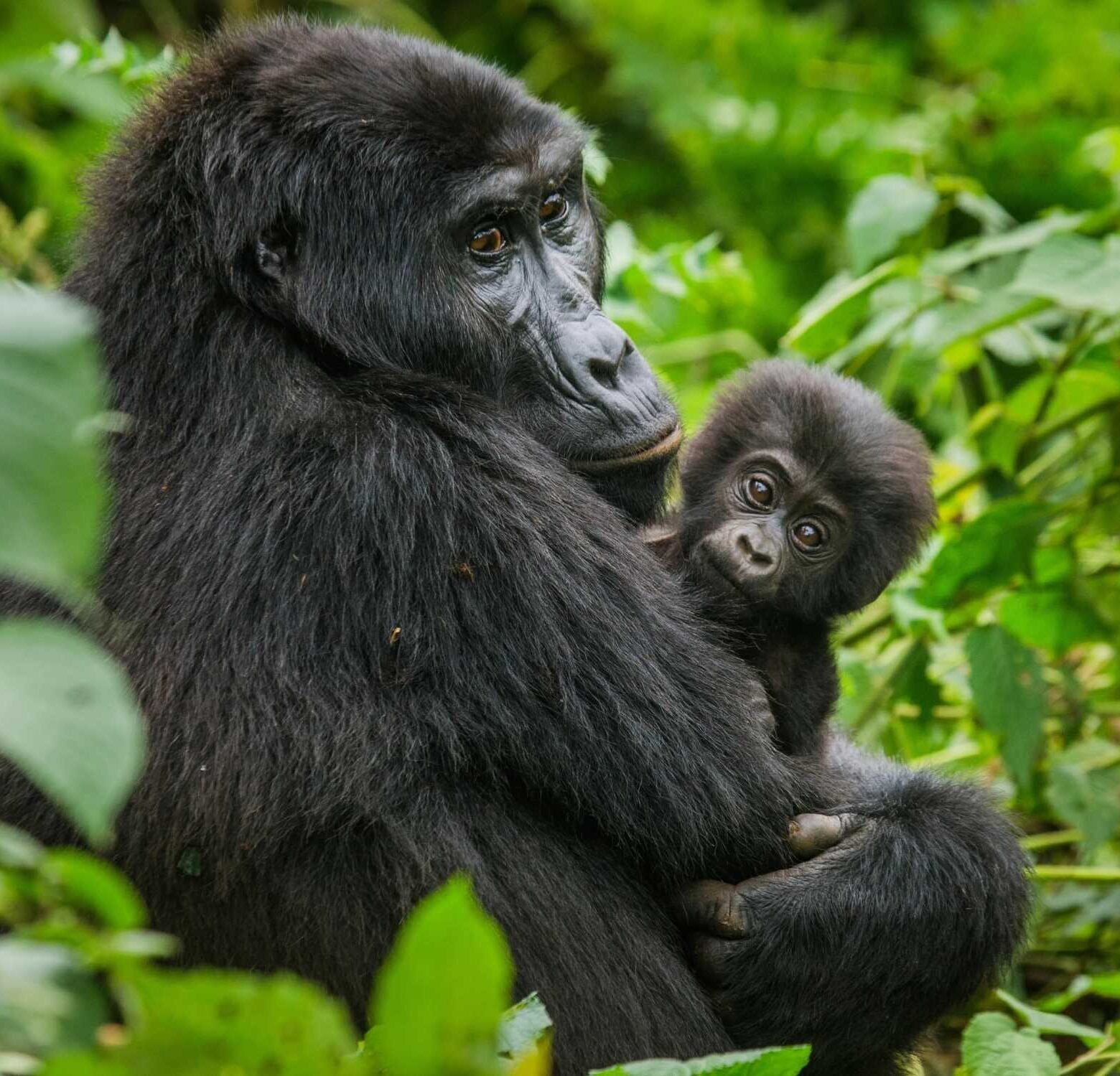
Sustainable Tourism
A Journey into Conservation
Journeys with a Purpose
Sustainable tourism in Africa is more than just a trend; it’s a necessity.
More and more, our clients, often having already experienced an African safari, ask us for ways in which they can incorporate sustainable tourism into their love of Africa. The lasting and indelible impression a safari instills remains far beyond the journey. As the African proverb encapsulates:
“The eye never forgets what the heart has seen”

As tourism booms in this vast continent, there’s an urgent need to ensure that it is sustainable and beneficial to both the environment and its inhabitants. Sustainable tourism in Africa has the ability to create unforgettable experiences for tourists and a positive impact on local communities and ecosystems.
Sustainable tourism is a complex realm. Whilst there are simple steps that can be taken, more experiential activities can be limited. Collaring cheetahs, dehorning rhinos to prevent poaching, and other activities, especially those concerning wildlife, are restricted to trained professionals or significant financial donors. This is invariably because, despite the visitors’ best intentions, conservation and the welfare of animals and communities are paramount, and excited, over-enthusiastic tourists can often hinder more than help.
However, there are ways to combine tourism and conservation for the benefit of all, and simply ‘giving back’ can be equally as rewarding. There are also ‘silent’ ways in which sustainable tourism can be implemented; steps taken to invest in environmentally active businesses or visit the locations that can most benefit from our tourist dollars.



Consideration for sustainability begins in the planning stages of a journey. Some locations suffer from an influx of visitors, despite economies benefiting from the income they provide. Venice is sinking, Italy’s idyllic town of Portofino is impossibly clogged with selfie-snapping tourists and, despite over 60 percent of its GDP being provided by tourists, the small Indonesian island of Bali has suffered from inconsiderate guests and is beginning to rebel.
So, how does this more commercial reflection on negative tourist impact translate to an African safari, and how can conscientious visitors help?
Knowledge is key, and thankfully, we have extensively researched every property, destination and activity to ensure that they are ethical, sustainable and even provide a significantly positive impact. This ensures our clients that each itinerary isn’t harming, and is frequently benefiting the environments they visit.

Photo: ©Marcus Westberg via ©Tswalu Foundation
5 Key Factors to Consider
Is the location or activity sustainable?
This encompasses several aspects. As with Portofino, some destinations simply can’t accommodate a plethora of visitors. Though parks limit the number of daily visitors, some more appealing and accessible regions attract large crowds, sometimes to the detriment of wildlife and ecosystems. Also, while animal encounters may be highly desirable on your journey, almost never are they ethical or beneficial for the creatures.
Does your accommodation support sustainable tourism?
From single-use plastics to organic produce and green energy, there are numerous ways in which properties can reduce, negate or positively affect their impact. Selecting lodges and camps that uphold sustainable practices allows your investment to do good for people, planet and wildlife.
What can (and can’t) you bring?
Discuss with your Travel Designer any items you can bring with you to provide to communities. There are several small items that clients can purchase and bring to support local villagers. Pencils and notebooks can be supplied to schools, items of clothing can be donated and products we take for granted in the West can create a lasting impact. Likewise, what we bring can negatively impact environments. If you plan to plunge into the ocean, ensure that your sun protection is free from oxybenzone and octinoxate, the toxic chemicals that are harmful to coral reefs. And, while most bathroom cosmetics are provided on safari, if you intend to bring your own, ensure that they are made from naturally-derived ingredients.
How can you help on safari?
If you intend to visit somewhere that can benefit from donations, budget for your generosity accordingly. Animal sponsorship, such as at Reteti Elephant Sanctuary, has a lasting impact and can be a cherished birthday or wedding gift for a loved one. Hands-on help is far more complicated, though not impossible. Some lodges offer guests the chance to plant trees, take part in other conservation activities, or visit local villages to support the community. While most conservation operations require trained professionals only, some activities, such as rhino notching, a method used to identify individuals for research purposes, can occasionally be participated in.
What are your skills?
Lastly, though we are unable to directly assist with this, it is possible that your particular skillset may instigate a return visit to help on a deeper level. One example of this was discovered by our South America Travel Designer, Aimee Olson on her recent explorations of Ecuador. Visiting an Amazonian village, she talked with a gentleman who was a professional dentist. He had visited previously and seen the need in the village for dental care. Gathering some friends from within the industry, he returned to provide free dentistry for the community and surrounding villages.


Properties Promoting Sustainable Tourism
While every property we book for our guests provides some level of sustainability and conservation, several excel in the field, striving for carbon neutrality, operating ranger programs and using tourism as funding for a wide range of projects.
This is just a handful of such properties:
Delaire Graff Estate, Stellenbosch, South Africa
Nestled deep in the Cape Winelands of South Africa, the Delaire Graff Estate offers an experience that seamlessly combines luxury with sustainability. As well as supporting local and African community projects, the lodge operates on eco-friendly principles, ensuring minimal footprint on the environment. For every guest, the already low-emission estate purchases carbon credits, offsetting every stay for complete emissions neutrality. With an ethos of “create responsibly, give wholeheartedly and leave no trace”, the luxurious property combines decadence and conscience. Spa and bathroom products are organic, bottled in 100-percent biodegradable containers, cleaning products are environmentally friendly and even the sumptuous complimentary slippers are made from recycled plastic.
All of this is achieved with no compromise to absolute luxury.


Nyungwe Lodge, Volcanoes National Park, Rwanda
Located in such an environmentally sensitive province, Nyungwe House recognizes its profound responsibility and upholds this fervently. The lodge itself endeavors to adhere to the principles of sustainable tourism in a range of ways, including supplying its kitchen with fresh produce from its own organic farm grown onsite, but it is in the community that it excels.
The villagers of the region of Rwanda once sustained themselves with poaching, a significant reason for the decline of mountain gorilla populations. With the support and assistance of Nyungwe House, they now turn to conservation and sustainable tourism for their income, poachers becoming guides and coffee and tea plantations established by the property providing financial support and employment. Several cooperatives have been developed to give farmers fair work opportunities and long-term financial security.
Segera Retreat, Samburu County, Kenya
With each room of the property powered by the Kenyan sun, grey water reused, onsite water filtration ending the need for single-use plastic bottles and waste composted for use in its organic gardens, Segera Retreat already excels in the domain of sustainable tourism. But reaching beyond its grounds, it further benefits the surrounding environment and its people.


Supporting a local beading cooperative and establishing a village school, Segera gives back to its community, many members of which are also employed directly on the property. Segera stands by its ‘4Cs’ principle, Conservation, Community, Culture and Commerce, and to this end, it has developed a superb female ranger program. Not only does this protect the region’s wildlife, but it also gives local women education, training and the opportunity to establish a career within the county and beyond.
Sterrekopje Healing Farm, Franschhoek, South Africa
Another tranquil haven of Africa’s sustainable tourism is Sterrekopje Farm. This lodge has embraced traditional construction techniques, using local materials and blending seamlessly with the landscape. The lodge serves as a living testament to how tradition and modernity can coexist harmoniously. This echoes onwards to the guest experience. Inherently sustainable, this working farm produces organic fruit and vegetables with a focus on nutrition. The Sterrekopje family has carefully restored Sterrekopje’s ancestral lands to be as fruitful and sustainable as they were generations ago, returning nutrients to the soil, and allowing the environment to flourish once again. A sanctuary for its guests, it is a place to rest, regenerate, and reconnect. Beyond simply yet sustainably growing crops to serve their diners, the horticultural team has established an abundance of natives, encouraging species to flourish and fauna to benefit.



Chem Chem Lodge, Tarangire National Park, Tanzania
Chem Chem Lodge in Tanzania boasts exceptional luxury and breathtaking wildlife experiences for its guests, but behind the scenes, it works tirelessly to champion conservation and community projects.
The Chem Chem Association was established to preserve this precious ecosystem and the traditional culture and tribes that reside there. Community projects help to educate villagers on numerous levels, both helping locals to sustainably integrate with their surroundings and to provide a future for the next generation. Ground-breaking conservation and research initiatives work tirelessly to restore and preserve the ancient migratory routes of the Kwakuchinja corridor connecting Tarangire National Park with Lake Manyara National Park. These include anti-poaching operations and wildlife monitoring and research, helping to preserve the populations of numerous species, including lion and elephant.
Activities for Sustainable Tourism
Any conscientious safari traveler would revel in the opportunity to partake in conservation projects, but the unfortunate reality, unfortunate for them alone, is that operations must be carefully monitored and undertaken by professionals.
There are, however, ways in which visitors can become involved in activities that benefit from sustainable tourism. We align with several organizations that actively involve clients in vital work to preserve culture, protect wildlife, and provide assistance and financing for some exceptional projects.
Wildlife Monitoring


Photo: ©Tswalu
The Tswalu Foundation was established as a means of both encouraging and facilitating environmental research in the transition zone between true Kalahari and arid savannah ecotypes. In addition to its own Tracker Academy and almost 20 integrated research projects, Tswalu places guests at the heart of this fascinating and precious region and the work being done there. As well as shadowing researchers and learning more about the important work done here, guests can visit the local school they have established and assist with rhino notching. Vital for being able to track and identify individuals, rhino notching creates a small indent on the ears of rhinos.
The private Tswalu reserve is home to numerous endangered species, including cheetah, brown hyena, rhino and pangolin.
Elephant Collaring
Elephant collaring is a vital part of monitoring and conservation, but requiring helicopter assistance and field experts, it can be an expensive operation. As such, it is an initiative that isn’t available on a journey of sustainable tourism. However, many hands make light work, and when working with the world’s largest land mammal, those many hands can come in very handy. Participation requires a significant donation, but for this, visitors can spend a week in the field, observing work undertaken at research stations and venture out with the team to collar an elephant. These generous donations allow participants to take part in the operation and even give the animal a name, providing essential financial support for the ongoing battle against poaching and habitat loss.
Community Initiatives
Community support is a powerful way in which properties can give back. Beyond employment and such initiatives as Segera’s female ranger program, village visits bring the opportunity to help fund schools and healthcare, meet with tribe members and purchase handcrafted items, which again provide vital income.
Beyond a cultural excursion, our partners provide ‘people-to-people’ experiences, allowing tourists to connect with locals on a personal level while making a tangible difference. The African People & Wildlife organization focuses on harmonizing the relationship between Tanzanian Maasai communities and the wildlife they live alongside. By promoting coexistence and offering strategies for human-wildlife conflict mitigation, they ensure that both can thrive.
A custom itinerary takes visitors into the heart of the region’s wildlands and wildlife habitat, including Tarangire and Lake Manyara National Parks, the Serengeti, and Ngorongoro Crater. They will also gain behind-the-scenes access to programs, interacting with the team and local people.
As travelers, our choices can have a significant impact on the places we visit, for better and for worse. By opting for sustainable tourism experiences and supporting initiatives that prioritize conservation and community empowerment, we can ensure that the magic of Africa is preserved for generations to come.
























































